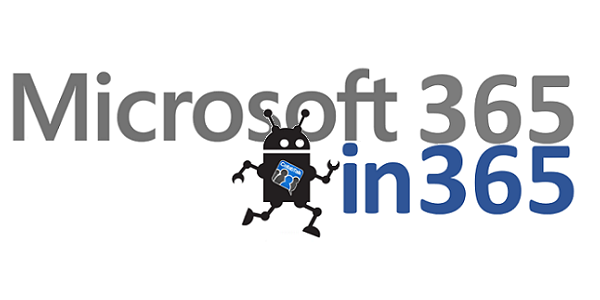Impact of Moving from Skype for Business to Microsoft Teams
One of the bigger announcements last fall was Microsoft’s announcement of their new vision for ‘Intelligent Communications in Office 365‘ and that Skype for Business would be phased out over time, and all chat and telephony capability would be moved into Microsoft Teams. For those who watch the space closely, it wasn’t too much of a surprise, as Teams was architected from scratch on Skype’s code base, and as it gains momentum with users, Skype would have been an increasingly overlapping and (IMO) unnecessary solution.
Of course, Teams is not a simple swap-out for Skype for Business users, many of whom have invested heavily in the on-prem platform for telephony features — which do not yet exist within Teams. Microsoft seems to have learned from some of the messaging mistakes around SharePoint Online a few years back, when all sales and marketing suddenly shifted away from SharePoint On-Prem, failing to recognize the reality of customer requirements, or the value of hybrid as a transitional state, as well as a permanent state for many customers. It took the company a couple years to correct their messaging and update the platform to support hybrid as well as on-prem, which has no official end-of-life date. In other words, SharePoint Server 2019 will not be the last on-prem version of SharePoint.
Taking lessons from that experience, the news of Skype for Business being displaced by Microsoft Teams came with some additional clarifications: First, there will be a Skype for Business 2019 release for customers with on-premises deployments. Second, Microsoft will continue supporting on-prem environments going forward, but recommend that customers begin playing with Teams, so that they understand the features and are better prepared to make the transition at a future date. Third, Microsoft is telling customers to move when it makes sense. Overall, I applaud this approach. Microsoft has shared their vision for the future and provided a high-level roadmap, but also recognizes that customers may not want or need to move right away. Rather than force them to make a decision (which backfired somewhat with SharePoint, discouraging partners and customers), Microsoft has made it clear that their current investments are valid and supported, and that they can transition when it makes sense.
While at an MVP mixer in Denver last December, I met up with two fellow Office Servers & Services MVPs who focus on the Skype platform and Teams, and invited them to share their thoughts as well as some of their customer reactions to the Skype for Business transition to Microsoft Teams. Joining me in this discussion are Adam Ball (@adamcball) and Jonathan McKinney (@ucomsgeek), both based out of the Denver area.
Since the Skype for Business announcement, Microsoft Teams has added a number of new capabilities to the solution, including some of the promised telephony features. From Microsoft’s Tech Community blog post:
“Today we are releasing new calling capabilities in Teams, providing full featured dialing capabilities, complete with call history, hold/resume, speed dial, transfer, forwarding, caller ID masking, extension dialing, multi-call handling, simultaneous ringing, voicemail, and text telephone (TTY) support. You can expect this to roll out over the next few hours and should come soon to your tenant.”
The January and February updates and latest road map refresh announced a number of cool new additions, including advanced chat controls and meetings features, as well as the Freehand app by InVision, which is the missing whiteboard capability that everyone always complains is missing. Of course, my #1 request is still missing: ability to record and automatically save a meeting within the appropriate channel. Really need this one, Microsoft.






1 Response
[…] Impact of Moving from Skype for Business to Microsoft Teams — Lees op https://www.buckleyplanet.com/2018/02/moving-skype-to-microsoft-teams.html […]